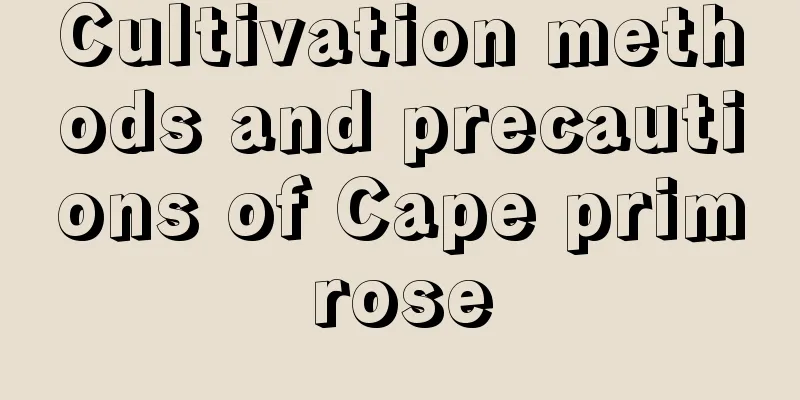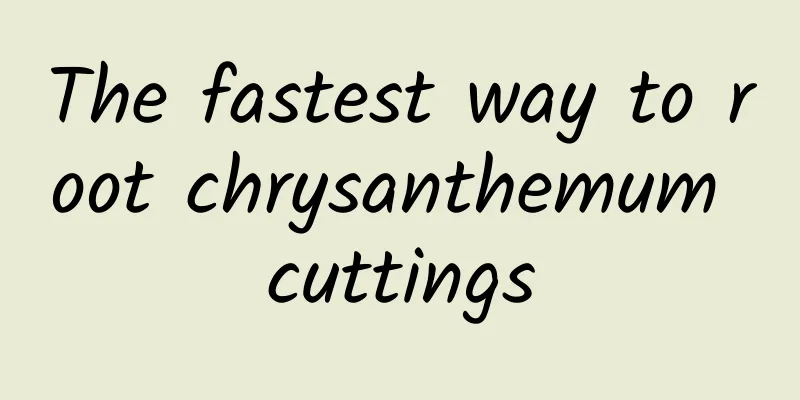Cultivation methods and precautions of Cape primrose

How to grow Cape primrosePot soil selectionCape primrose is very suitable for potted cultivation. When choosing potting soil, you can choose a small and shallow pot. The soil should be fertile, loose, and breathable. The drainage ability must be good and the soil should be neutral. Light and temperatureCape primrose does not require much light, prefers a semi-shaded growing environment, and avoids strong direct light, but needs moderate exposure to sunlight. Bright scattered light is the best choice. The temperature should be kept within an appropriate range, between 16℃ and 25℃. If the temperature is high in summer, the Cape primrose can be placed in a cool and ventilated place for maintenance. When the temperature is low in winter, it can be placed indoors for maintenance. Watering and fertilizingWhen growing Cape primrose, you must strike a balance in water and fertilizer management and apply water and fertilizer appropriately. Keep the air humidity in the growing environment of Cape primrose between 50%-60%. Watering depends on the growth condition of the plant. Generally, when the soil in the pot of Cape primrose is dry, you can water it. Pay attention to the amount of watering and do not allow water to accumulate, otherwise the stems of the Cape primrose will rot. When applying fertilizer, you need to apply thin fertilizer, not too concentrated. Generally, during the growing season, you can apply fertilizer once every half a month. Reproduction methodCape primrose is propagated by sowing or cuttings. Cape primrose cultivation precautionsDiseasesThe most common disease of Cape primrose is stem rot. There are many reasons for stem rot, and water accumulation in the pot is the most common cause. When stem rot occurs, the harm is greater and preventive measures need to be taken in time. HibernationWinter is the dormant period of Cape primrose. The plant grows slowly, so you need to reduce watering, stop fertilizing, and take good insulation measures. |
<<: Cultivation methods and precautions of silk flower
Recommend
Identification and prevention of Botrytis cinerea
Cattleya gray mold symptoms The virus occurs on C...
Summer maintenance methods of Amaryllis
Moisture Amaryllis prefers a humid environment, b...
Today I will tell you her secret of turning 1 pot into 100 pots, it is so simple!
Division 1. Choose an asparagus fern that already...
Cultivation methods and precautions of azalea
1. Lighting Rhododendrons prefer bright scattered...
These 4 kinds of "plants" are common and easy to grow. One leaf can be inserted into the soil and become a potted plant in 30 days.
Cuttings are a means of plant propagation. Throug...
Cherry growth conditions and characteristics
Cherry growing conditions Cherries are suitable f...
How to grow Dendrobium nobile well
1. Maintenance methods 1. Temperature: It can be ...
Does Epiphyllum prefer a large or small pot? What size pot is suitable?
When using a pot for Epiphyllum, you should use a...
Grape Management Techniques in January
Grapes prefer warm environments and have weak res...
Can money tree be watered with aspirin?
1. Whether it is possible The active ingredient o...
The Flower Language and Legend of Citrus
The Flower Language of Citrus The flower language...
The efficacy, effects and side effects of Buddha's hand
1. Efficacy Buddha's hand has many benefits. ...
How many years does it take for soft jujube to bear fruit?
Introduction to planting jujube Soft dates prefer...
Is it okay to put a mineral water bottle on succulents in winter?
benefit The most feared thing about growing succu...
Side effects and contraindications of money grass
1. Side Effects Moneywort is not suitable for lon...









